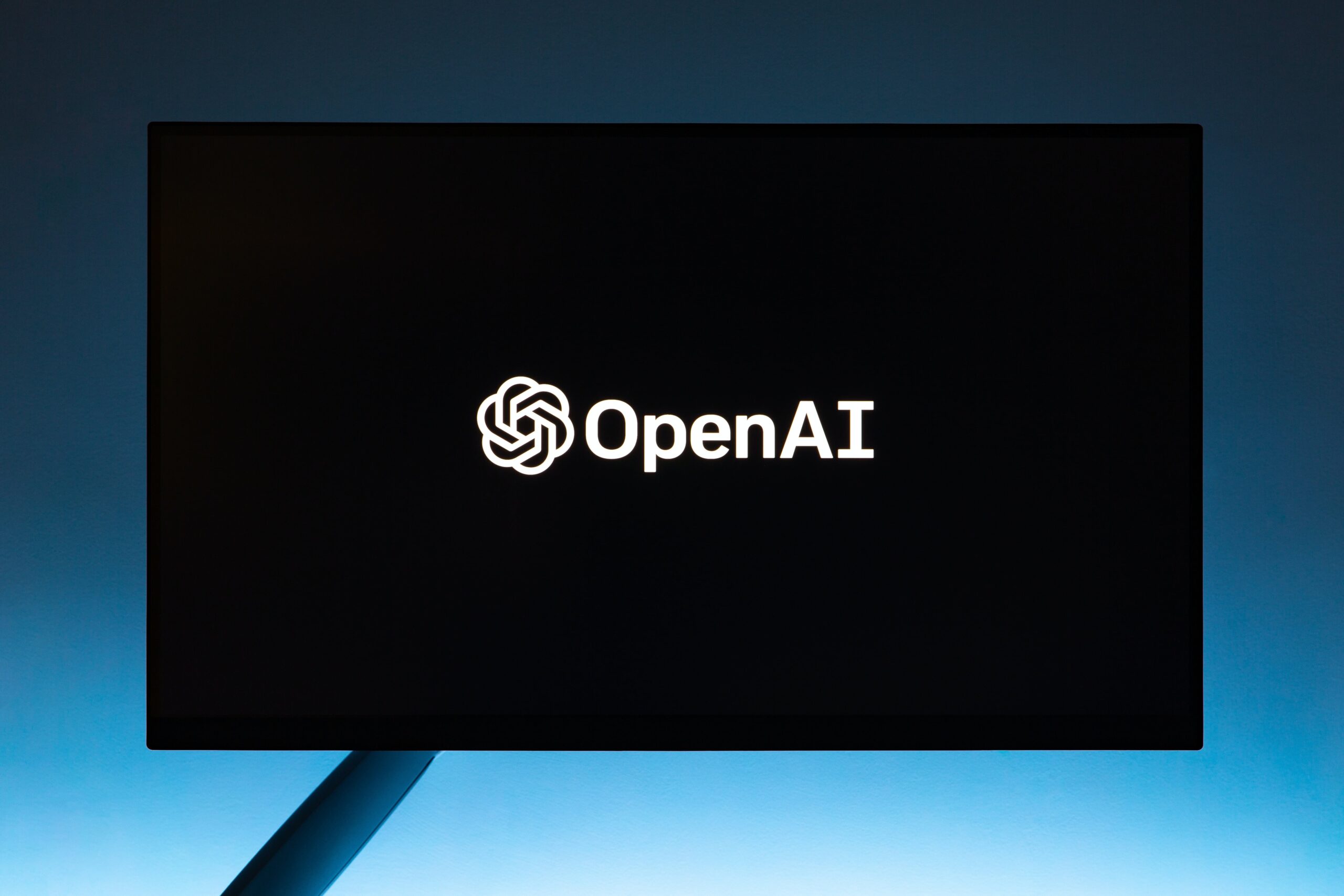In the intricate tapestry of human communication and technological innovation, two distinct threads weave together: programming languages and natural languages (programming languages vs natural languages). While they both involve communication, they serve vastly different purposes and possess unique characteristics that set them apart. This article illuminates the disparity between these two types of languages, shedding light on their functions, structures & impacts. Here we explain what is the difference between a programming language and natural (every-day) language.
Programming languages and natural languages are two distinct forms of communication used for different purposes. Let’s delve into the fundamental distinctions that set these two apart programming languages vs natural languages or Natural language vs Computer language:
- Purpose
- Structure
- Audience
- Expressiveness
- Vocabulary and Usage
- Interpretation
- Learning and Fluency
- Evolution and Adaptation
1. Purpose:
- Programming Language: A programming language serves as a meticulously crafted system of communication tailored exclusively for guiding computers in executing tasks and implementing algorithms. Its purpose is to construct code that forms the foundation of software applications, websites, and a myriad of other computer programs. This intricate language empowers developers to imbue machines with functionality and bring their digital visions to life.
- Natural Language: Natural language stands as the very essence of human interaction, utilized in the fabric of everyday communication. It’s the linguistic tapestry woven by societies to share ideas, emotions, and knowledge. Through the richness of words, phrases, and cultural nuances, natural language bridges the gaps between individuals, fostering connections that define the human experience.
2. Structure:
- Programming Language: In the realm of programming languages, a structured and meticulously defined syntax reigns, adhering to rigorous rules and grammar conventions. They are designed to be unambiguous and allow computers to understand instructions accurately.
- Natural Language: The fluidity of natural languages frequently leads to diverse interpretations owing to context, the presence of idiomatic expressions, and the use of figures of speech. They may contain ambiguity and require context and human understanding to interpret accurately.
3. Audience:
- Programming Language: Programming languages are crafted with the intent of being comprehended and processed by computers. They are not designed for direct human communication and may not be easily comprehensible to individuals without programming knowledge.
- Natural Language: Natural languages find their purpose in facilitating communication among individuals. Crafted with the intent to adeptly convey thoughts, emotions, and a wealth of information, they serve as conduits for effective human interaction.
4. Expressiveness:
- Programming Language: When delving into intricate algorithms, computations, and data manipulations, programming languages shine with their exceptional ability to express complexity. They allow developers to specify detailed instructions for the computer to follow.
- Natural Language: Natural languages are more expressive in capturing nuances, emotions, and abstract concepts. They empower individuals to articulate thoughts, emotions, and concepts with depth and an array of nuances.
5. Vocabulary and Usage:
- Programming Language: Programming languages have a limited vocabulary consisting of keywords, data types and programming constructs used to build algorithms & logic.
- Natural Language: Natural languages boast extensive lexicons that encompass a plethora of words, spanning from commonplace objects and actions to intricate emotions and abstract concepts. This linguistic diversity facilitates a comprehensive spectrum of communication possibilities.
6. Interpretation:
- Programming Language: Computers interpret and translate programming languages into machine code or bytecode, allowing them to execute the instructions directly.
- Natural Language: Humans, drawing upon their cognitive capabilities, interpret natural languages to decipher the meaning and underlying intent conveyed within the message being communicated.
7. Learning and Fluency:
- Programming Language: Acquiring proficiency in a programming language necessitates grasping its syntax, logic, and underlying concepts. Achieving fluency in such a language entails dedicated practice, honing problem-solving skills, and accumulating hands-on experience in the realm of programming.
- Natural Language: Acquiring a natural language is an integral aspect of human growth and maturation. Fluency in a natural language comes naturally through exposure, interaction & immersion in the language’s cultural context.
8. Evolution and Adaptation:
- Programming Language: Programming languages evolve too, but these changes are driven by technological advancements and efficiency improvements. New versions of programming languages often aim to enhance performance, security, and developer productivity.
- Natural Language: Natural languages evolve organically over time, influenced by cultural, social, and historical factors. Changes in natural languages reflect shifts in society and the introduction of new concepts. Unlike programming languages, natural language evolution is less predictable and controlled.
Programming Language
A programming language is a structured and systematic means of communicating with computers. It serves as an intermediary between humans and machines, allowing us to give instructions to computers in a way that they can understand and execute. These instructions are known as code, and they are written using a specific syntax and set of rules.
Programming languages enable us to create software, applications, and algorithms by defining a sequence of actions and operations that a computer should perform. They provide a way to solve complex problems, automate tasks, and manipulate data effectively. Each programming language has its own unique features, capabilities, and areas of specialization.
Common programming languages include Python, Java, C++, JavaScript, and many more. Programmers use these languages to develop everything from web applications and mobile apps to artificial intelligence systems and video games. Learning a programming language is akin to learning a new form of communication, as it requires understanding not only the language’s syntax but also its logic and principles.

Key Features of a Programming Language:
Programming languages serve as a vital foundation for software development, enabling developers to communicate instructions to computers effectively. These languages possess distinct features that set them apart and make them suitable for various tasks. Let’s delve into a few fundamental characteristics inherent to programming languages:
1. Syntax and Semantics:
Every programming language has a unique set of rules (syntax) governing how code should be written and understood by the compiler or interpreter. Semantics define the meaning of code constructs and their interactions, ensuring that code behaves as expected.
2. Data Types:
Programming languages support various data types, such as integers, floating-point numbers, characters, and more. Strongly typed languages enforce strict data type checking, while dynamically typed languages allow more flexibility.
3. Variables and Memory Management:
Variables store data values and play a crucial role in programming languages. Proper memory management, including allocation and deallocation, ensures efficient use of system resources.
4. Control Structures:
Control structures like loops and conditional statements determine the flow of a program. These features enable developers to create algorithms, make decisions, and repeat actions as needed.
5. Functions/Methods:
Modularization is a key aspect of programming languages. Functions or methods allow code to be organized into reusable blocks, enhancing readability and maintainability.
6. Libraries and Frameworks:
Most programming languages come with extensive libraries and frameworks that simplify common tasks. Utilizing these pre-assembled elements conserves valuable development hours and reduces the overall workload.
7. Concurrency and Multithreading:
Some languages support concurrent programming, enabling multiple tasks to run simultaneously. Multithreading allows for efficient utilization of modern multi-core processors.
8. Portability:
The ability to run code across different platforms and operating systems is crucial. Languages with high portability simplify cross-platform development.
9. Error Handling:
Robust error-handling mechanisms are essential for identifying and resolving issues during program execution. Programming languages provide tools for catching and handling exceptions.
10. Community and Ecosystem:
The strength of a programming language often lies in its community and ecosystem. Active communities foster collaboration, offer support, and contribute to the development of libraries and tools.
11. Performance:
Different languages excel in different performance aspects. Some prioritize execution speed, while others focus on developer productivity. The decision hinges on the precise demands of the project at hand.
12. Security:
Security features vary between languages. Secure coding practices and language-specific security measures are vital to protect against vulnerabilities and attacks.
13. Scalability:
A language’s ability to scale with the growth of a project is essential. Scalability considerations include handling increasing loads and maintaining code maintainability.
14. Interoperability:
In a world of diverse technologies, languages that can interoperate with other languages and systems through APIs and data exchange formats are highly valuable.
15. Community and Industry Adoption:
Widespread adoption in the industry and a strong developer community can provide valuable resources, knowledge, and job opportunities for programmers.
Natural Language
Natural language, on the other hand, refers to the language that humans use for everyday communication. It encompasses the languages spoken and written by people to convey thoughts, ideas, emotions, and information. Natural languages are incredibly diverse, with thousands of languages spoken worldwide, including English, Spanish, Chinese, Arabic, and many others.
What makes natural languages unique is their complexity, ambiguity, and adaptability. Unlike programming languages, which are designed for precise instructions, natural languages are often rich in nuance, context, and cultural subtleties. People use natural languages to communicate not only with computers but also with each other, expressing thoughts, asking questions, telling stories, and sharing knowledge.
One of the fascinating challenges in computer science is Natural Language Processing (NLP), which focuses on enabling computers to understand, interpret, and generate human language. NLP technologies power applications like voice assistants, chatbots, language translation tools, and sentiment analysis, bridging the gap between the world of programming languages and the richness of natural languages.
Key Features of a Natural Language:
Natural Language, the foundation of human communication, possesses several key features that make it a complex and fascinating aspect of human cognition and interaction. These features not only set it apart from other forms of communication but also contribute to its adaptability and richness. Here are some of the key features of Natural Language:
1. Flexibility and Expressiveness:
Natural Language is incredibly flexible, allowing speakers to convey a wide range of meanings and ideas. It can adapt to different contexts, emotions, and nuances, making it suitable for diverse communication purposes, from casual conversations to formal documents.
2. Ambiguity:
Natural Language often contains elements of ambiguity, where a single word or phrase can have multiple interpretations depending on the context. This ambiguity requires speakers and listeners to rely on context cues and their shared knowledge to understand each other.
3. Syntax and Grammar:
Natural Language adheres to specific rules of syntax and grammar that govern how words and phrases are structured within sentences. These rules vary across languages and are essential for clarity and comprehension.
4. Semantics:
Natural Language relies on semantics to convey meaning. Words and phrases have specific meanings, and the combination of these elements in sentences and discourse creates complex layers of meaning.
5. Pragmatics:
Pragmatics refers to the study of how context influences the interpretation of language. Natural Language users rely on pragmatics to understand implied meanings, indirect requests, and nuanced communication.
6. Ambiguity Resolution:
Natural Language speakers excel at resolving ambiguity through various linguistic and contextual cues. This skill allows them to navigate language effectively, even when faced with multiple potential interpretations.
7. Cultural and Social Variability:
Natural Language is deeply influenced by culture and society. Different languages, dialects, and sociolects reflect the diversity of human experiences and worldviews.
8. Evolution and Change:
Natural Language is dynamic and constantly evolving. New words, phrases, and linguistic conventions emerge over time, reflecting cultural shifts and technological advancements.
9. Creativity:
Natural Language allows for creativity and innovation in communication. Speakers can invent new words, idioms, and expressions to convey novel ideas and concepts.
10. Learning and Acquisition:
Humans have an innate ability to acquire and learn Natural Language during their early years. This process involves exposure to linguistic input and the development of language skills over time.
11. Multimodality:
Natural Language is not limited to spoken or written forms alone. It can be expressed through various modalities, including gestures, facial expressions, and body language, enhancing the richness of communication.
12. Universal Features:
While Natural Language varies across cultures and languages, it also exhibits universal features that are common to all human languages. These shared features suggest a common cognitive foundation for language.
Programming Language Vs. Natural Language (Natural Language vs Computer Language)
In the world of communication and problem-solving, two distinctive languages play vital roles: programming languages and natural languages. While they both serve the purpose of conveying information, they do so in fundamentally different ways, each with its unique strengths and limitations.
Natural language vs Computer language
Programming languages are artificial languages designed for instructing computers to perform specific tasks. They are precise, structured, and syntax-driven, making them ideal for tasks that demand accuracy and computational logic. These languages are characterized by their strict rules and syntax, leaving no room for ambiguity. Common programming languages include Python, Java, C++, and JavaScript, each tailored to various applications and industries.
Natural languages, on the other hand, are the languages humans use for everyday communication, such as English, Spanish, or Chinese. They are incredibly versatile, nuanced, and context-dependent. Natural languages allow for the expression of abstract concepts, emotions, and complex ideas, making them ideal for interpersonal communication and creative expression.
Let’s embark on an exploration of the fundamental distinctions between these two language categories:
Purpose:
- Programming Languages: They are designed for creating software, automating tasks, and solving computational problems.
- Natural Languages: They serve as a medium for human communication, encompassing a vast array of topics, emotions, and expressions.
Syntax:
- Programming Languages: They have strict syntax rules, and even minor errors can lead to program failure.
- Natural Languages: They have flexible syntax, allowing for context-dependent interpretation, and they tolerate some degree of imprecision.
Ambiguity:
- Programming Languages: They aim to minimize ambiguity and often require explicit instructions.
- Natural Languages: They can be highly ambiguous, relying on context, tone, and body language for clarity.
Learning Curve:
- Programming Languages: They often require specialized training and practice to become proficient.
- Natural Languages: Humans acquire them naturally as part of their upbringing.
Expressiveness:
- Programming Languages: They excel at precision and logic but may struggle to express emotions or abstract concepts.
- Natural Languages: They are highly expressive, capable of conveying a wide range of emotions, ideas, and cultural nuances.
Audience:
- Programming Languages: They are meant for machines, i.e., computers, and other automated systems.
- Natural Languages: They are intended for human consumption, enabling rich interpersonal communication.
Difference between Computer Language and Programming Language
The difference between computer language and programming language is contained in their scope & purpose in the scope of computing.
Computer Language: Computer language refers to the extensive range of languages used to communicate with computers, which includes both man-readable languages such as English and machine-readable languages such as Binary Codes. It includes various forms of communication, such as natural language interactions, graphical user interface (GUI), & low level machine instructions.
Programming language: On the other hand, the programming language specifically refers to a set of rules & syntax that is used to write & execute instructions that control a computer’s behavior. This enables programmers to create algorithms, manipulate data & develop software applications by writing code in a structured and understandable format. Programming languages include popular languages like Python, Java, C++ & JavaScript, each of which is designed for specific purposes and domains of apps.
Conclusion on programming languages vs natural languages (Natural language vs Computer language):
In essence, programming languages and natural languages fulfill disparate roles and possess unique attributes. While programming languages are designed for computer communication and precise algorithmic instructions, natural languages are used for human communication, expressing thoughts & sharing information in everyday life.
what is the difference between a programming language and natural (every-day) language?
FAQ on programming languages vs natural languages
what is the difference between a programming language and natural (every-day) language?
What is a programming language?
How are programming languages and natural languages interpreted?
What is the purpose of programming languages and natural languages?
How do programming languages and natural languages impact our daily lives?
what is scripting language?
How do programming languages and natural languages differ?
What is the primary purpose of a programming language?
What is the primary purpose of a natural language?
Why do natural languages sometimes have ambiguous meanings?
How does a computer language differ from a natural language
What is a natural language?
How are programming languages and natural languages different in structure?
Who is the audience for programming languages and natural languages?
What can you express using programming languages and natural languages?
How does the syntax of programming languages differ from natural languages?
Are there grammar rules in programming languages like in natural languages?
Who is the intended audience for programming languages?
Who is the intended audience for natural languages?
Is it easier to learn a programming language or a natural language?
How is programming language different from natural language
what is the difference between a programming language and natural (every-day) language?
You can also read:
AI in Health: Transforming Medical Diagnosis and Treatment
The Evolution of Gaming: From Pixels to Ray Tracing and Beyond














